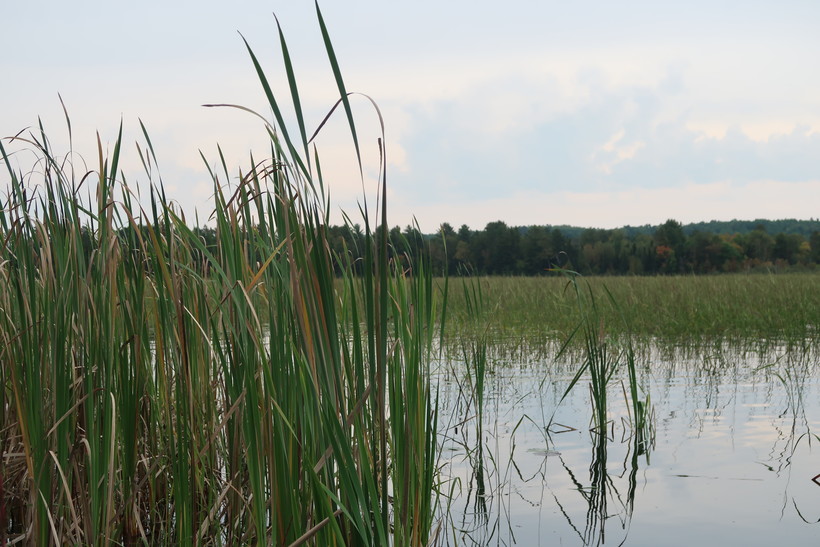Can Our Last Wild Lakes Be Saved?
New book spotlights 136 pristine ones left of 15,000 lakes in Wisconsin.
Wisconsin lays claim to 15,000 lakes. But how many are still pristine, undeveloped wild lakes? According to a new book by a state naturalist, no more than 136 — less than 1 percent.
Development, such as the clearing of trees from shorelines to improve views from lake homes, has transformed most of the state’s lakes. So, too, has motorized recreation — boats that make noise and wakes that scare off wildlife and damage habitats.
“We are very capable of loving places to death, and we’ve seen that happen in many other places,” Bates recently told Wisconsin Public Radio’s “The Morning Show.”
Bates said many of the few remaining wild lakes are surrounded by publicly-owned land. He said the state should purchase more wild lakefront property, especially from willing sellers.
“I happen to love those lakes because they’re full of waterfowl, full of songbirds, fabulous plant life, but they’re not a place you’re going to go waterskiing or swimming necessarily. These are often bog or wetland kind of lake,” he said.
The best way to appreciate a wild lake, and conserve it, requires a different mindset; a quieter and slower approach, Bates said. He suggests visitors “sit along the shore, maybe for a little while. Calm yourself. Try to just listen, try to be a part of the place.”
Remind yourself, Bates said, that wild lakes are not only rare but “extraordinarily beautiful, peaceful places, and we’re trying to briefly be a part of those places.”
He includes in the book lakes “that were large enough that if you put a kayak or canoe on it, you would have to paddle at least 15, 20 minutes to go around the periphery.”
Bates acknowledged that drawing attention to specific wild lakes is risky because it attracts more visitors to them, which could be detrimental to these lake habitats.
But the upside to spotlighting these natural areas is greater than the downside, he said.
“We only protect what we love,” Bates said. “My hope is that getting people to some of these wild places will enhance and deepen their love of these places, such that they will work to conserve them and potentially to try to entice (state and federal conservation agencies) to purchase more wild lakes.”
Listen to the WPR report here.
Spotlighting Wisconsin’s last ‘wild lakes’ could increase efforts to preserve them, author hopes was originally published by Wisconsin Public Radio.





















